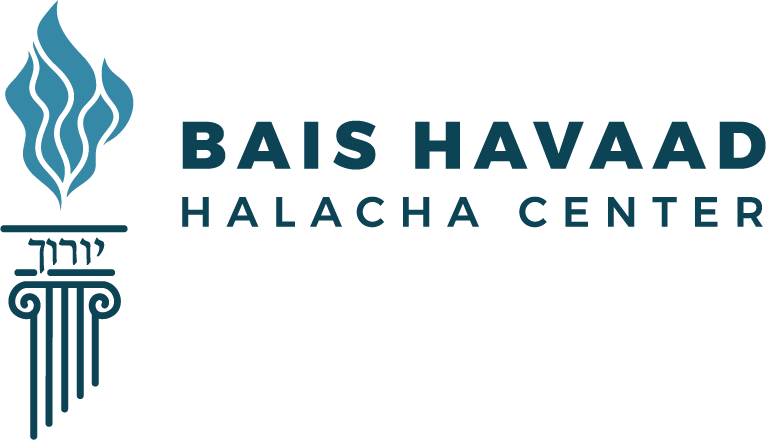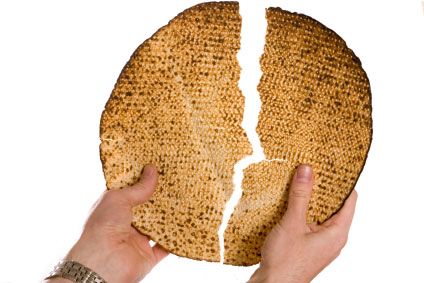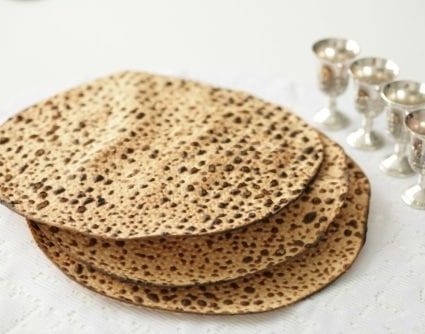Adapted from the writings of Dayan Yitzhak Grossman April 18, 2024 AP News reports: A…

Bais HaVaad on the Parsha
Inyana D’Yoma
This Is It
Excerpted and adapted from a shiurby Dayan Chaim Weg
And you shall tell your son on that day saying, “On account of this did Hashem do for me when I left Egypt.”
(Shemos 13:8)
According to the Mechilta, the words ba’avur zeh (on account of this) teach that the mitzvah to tell the story of the exodus from Egypt applies only when the matzah and maror are placed before you, i.e., at the Pesach Seder. [EO1]
There are three ways to understand this Mechilta:
The simplest is the Sefer Hachinuch’sapproach(21) that Chazal are simply teaching us the date and time of the mitzvah: the night of Pesach, at the Seder.
The second approach is that Chazal are also teaching the order of the Seder: The story must be told first, while the matzah and maror are on the table, and they must be eaten immediately thereafter. This may be the meaning of the Rambam (Sefer Hamitzvos, Asei 157), who says that the tellingmust be performed at the beginning of the night, and only then are the matzah and maror eaten (see Bi’ur HaGra, O.C. 483)[EO2] .
The third explanation is that Chazal are teaching that the matzah and maror must be used to help tell the story. This may be the approach of the Me’iri (Pesachim116), who says that ba’avur zeh teaches that pick the items up and display them. Similarly, the Shulchan Aruch HaRav (O.C. 473) says ba’avur zeh teaches that the maror must be on the table during the telling of the story. (Placing the matzah on the table is required based on a different pasuk, that of lechem oni.)





